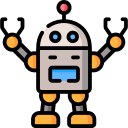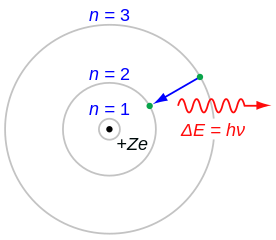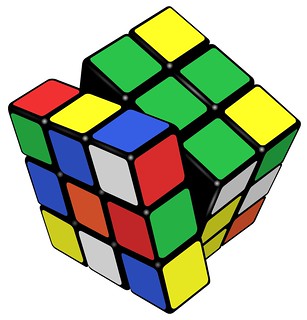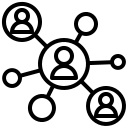
Teaching Assistants (both undergraduate UTA’s and graduate GTA’s) are crucial to enable teaching and learning in higher education. How can we make their jobs easier using automatic code corrections? Join us on Monday 1st August at 2pm to discuss via a paper recently published at CHI by Yana Malysheva and Caitlin Kelleher. [1]
Undergraduate Teaching Assistants(TAs) in Computer Science courses are often the first and only point of contact when a student gets stuck on a programming problem. But these TAs are often relative beginners themselves, both in programming and in teaching. In this paper, we examine the impact of availability of corrected code on TAs’ ability to find, fix, and address bugs in student code. We found that seeing a corrected version of the student code helps TAs debug code 29% faster, and write more accurate and complete student-facing explanations of the bugs (30% more likely to correctly address a given bug). We also observed that TAs do not generally struggle with the conceptual understanding of the underlying material. Rather, their difficulties seem more related to issues with working memory, attention, and overall high cognitive load.
All welcome, details at sigcse.cs.manchester.ac.uk/join-us. Thanks to Sarah Clinch for nominating this months paper.
References
- Yana Malysheva and Caitlin Kelleher (2022) Assisting Teaching Assistants with Automatic Code Corrections CHI ’22: Proceedings of the 2022 CHI Conference on Human Factors in Computing SystemsApril 2022 Article No.: 231 Pages 1–18 DOI: 10.1145/3491102.3501820








